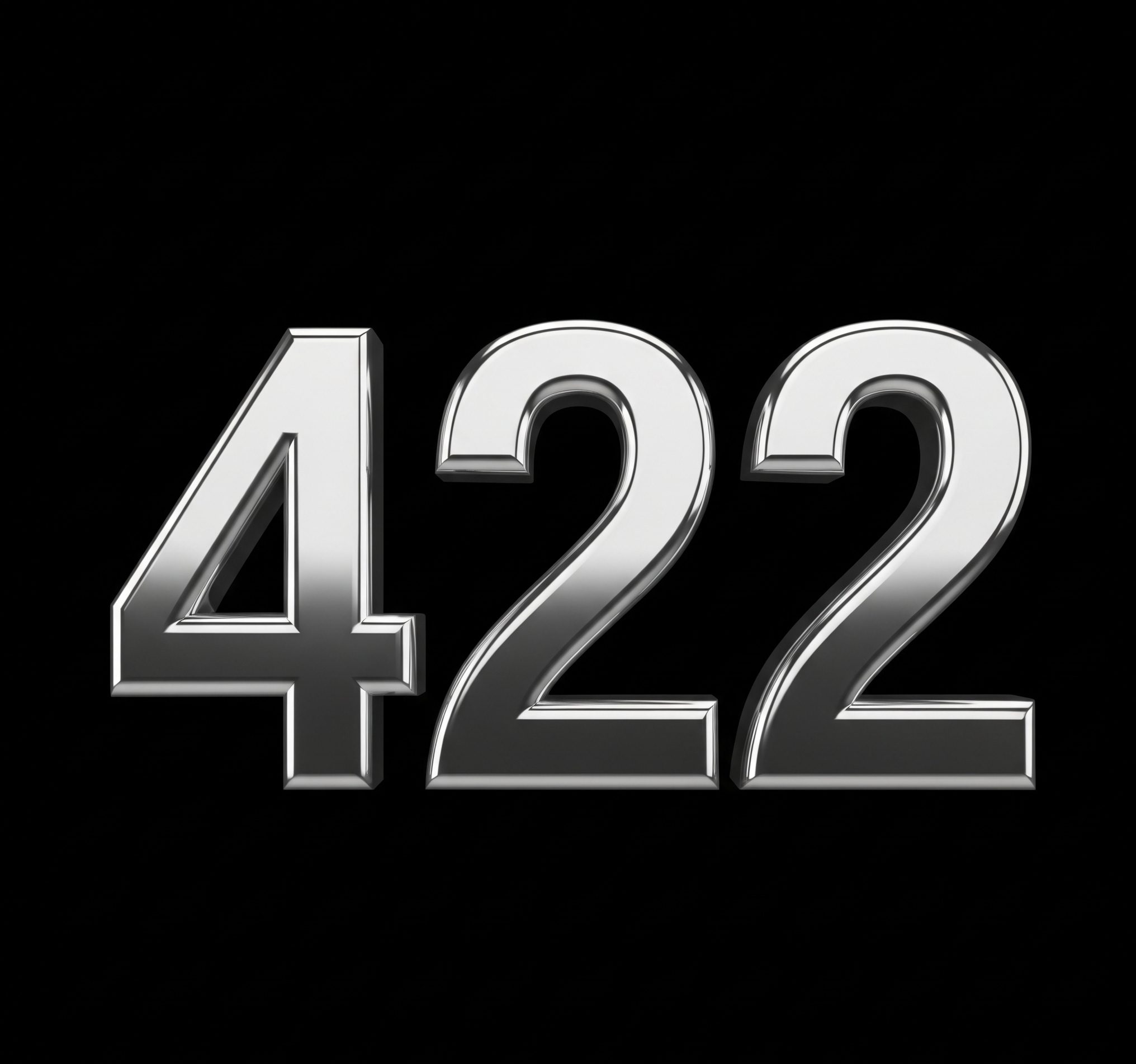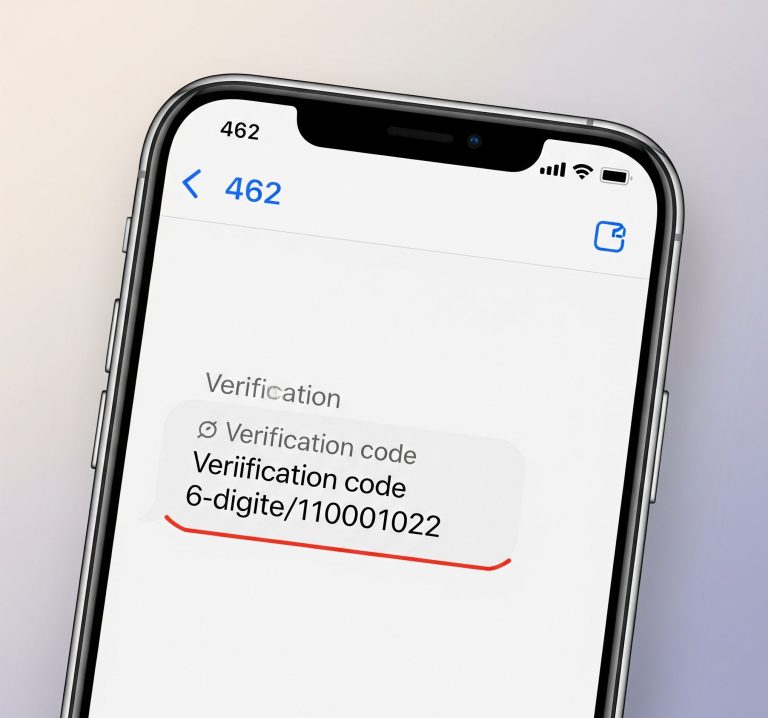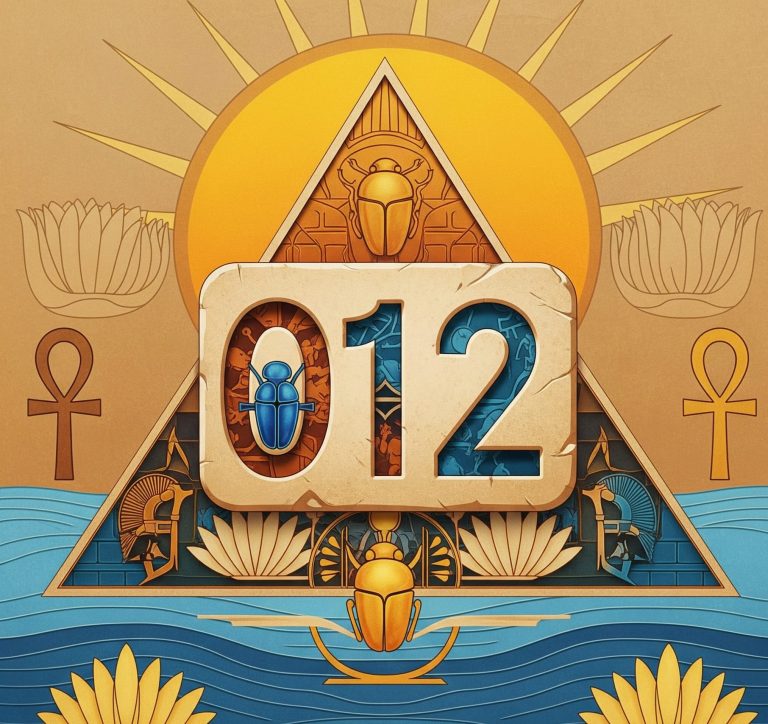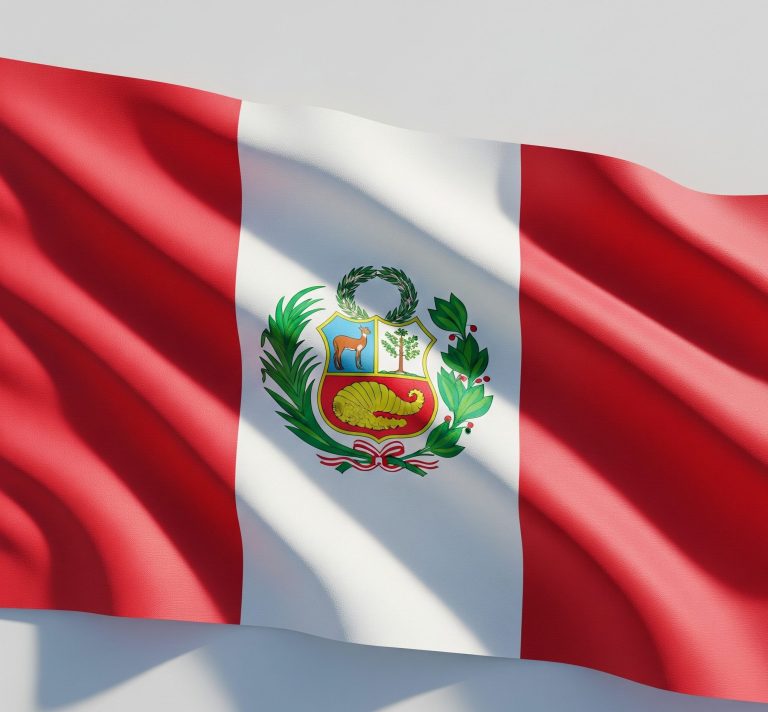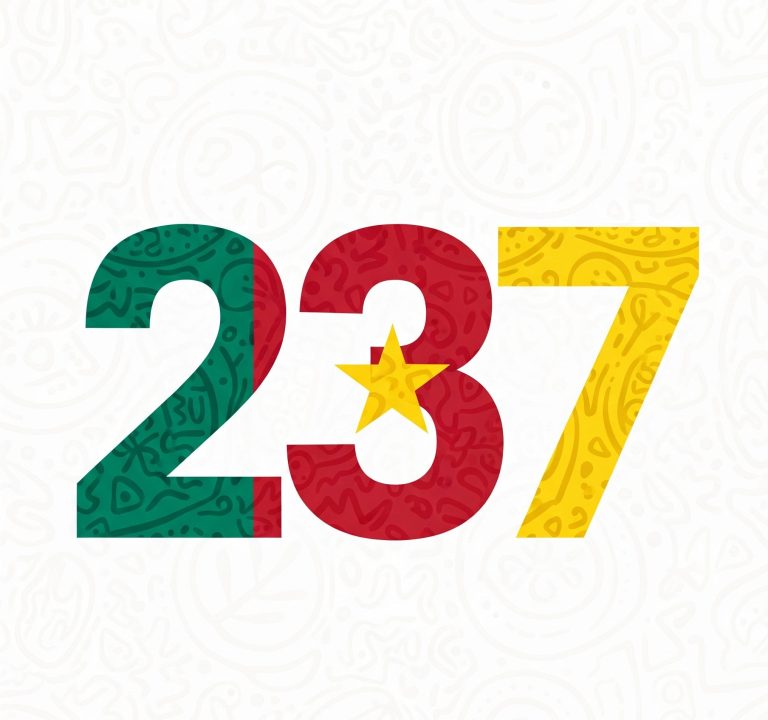In an age of constant connectivity, an unfamiliar area code can spark curiosity, and sometimes, concern. You might have seen it in a missed call log, a text message, or perhaps heard a rumor about a new block of numbers being released. The 422 area code is one such number that has prompted questions across the United States. However, the search for the location of the 422 area code will lead you on a journey with a surprising destination: it doesn’t actually exist in the North American Numbering Plan (NANP).
This article will delve into the truth about the 422 area code, explore why it’s not in use, and provide a broader understanding of how the area code system works in the United States. We’ll also touch on what to do if you encounter a call or text from this or any other unfamiliar and unassigned area code.
Contents
The North American Numbering Plan: A System of Order
To understand why the 422 area code isn’t in service, it’s essential to grasp the fundamentals of the North American Numbering Plan. Established in 1947 by AT&T, the NANP is the telephone numbering system for the United States, Canada, Bermuda, and many Caribbean islands. This integrated system allows for direct dialing between any of these participating countries.
The structure of a standard phone number in the NANP is a ten-digit sequence, broken down into three parts:
- A three-digit area code (NPA): This identifies a specific geographic region.
- A three-digit central office code (NXX): This narrows down the location to a specific telephone exchange within that area.
- A four-digit line number: This is the unique identifier for a specific phone line within that exchange.
The North American Numbering Plan Administrator (NANPA) is responsible for assigning new area codes. This is typically done when an existing area code is projected to run out of available phone numbers, a phenomenon known as “number exhaust.” When this happens, a new area code is introduced through either a “split” (where the geographic region is divided) or an “overlay” (where the new area code serves the same area as the existing one).
The Status of the 422 Area Code: Unassigned and Unused
Within the comprehensive list of area codes managed by NANPA, the 422 area code is officially designated as unassigned. This means it is not associated with any city, state, or region in the United States or any other country participating in the NANP.
There are several reasons why an area code might remain unassigned. Some codes are reserved for future use, while others may be technically unassignable due to the specific rules that govern the NANP. For instance, area codes where the second and third digits are the same (like 377 or 811) are often reserved for special purposes. While the 422 area code does not fall into this specific category, it remains part of a block of numbers that have not been put into service.
It is interesting to note that the search for the 422 area code often leads to a completely unrelated technical term: the HTTP 422 “Unprocessable Entity” status code. This is a code used in web development to indicate that a server understands a request but cannot process it due to a semantic error. This digital “422” has no connection to the telephonic 422 area code but is a prominent result in online searches, which can add to the confusion.
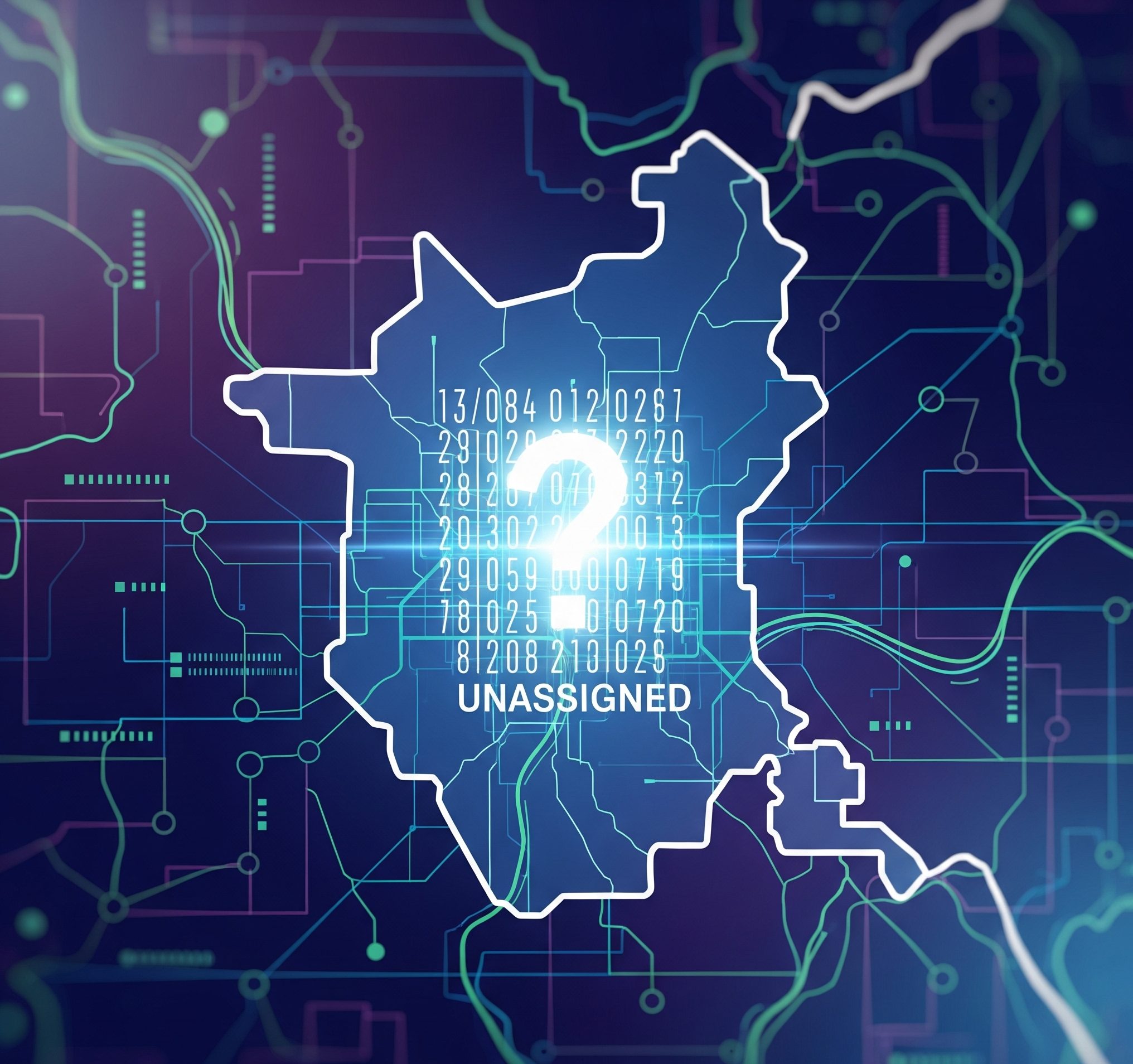
Why You Might See an Unassigned Area Code
If the 422 area code is not in use, why might you receive a call or text that appears to originate from it? There are a few possible explanations, most of which warrant a degree of caution.
One of the most common reasons for seeing a call from a non-existent area code is “spoofing.” Spoofing is the practice of deliberately falsifying the information transmitted to your caller ID display to disguise the caller’s identity. Scammers often use spoofing to make a call appear as if it is coming from a legitimate or local number, increasing the likelihood that the recipient will answer. They can, in fact, make any combination of numbers appear on your caller ID, including unassigned area codes like the 422 area code.
These spoofed calls are frequently used for phishing scams or other fraudulent activities. The caller may pretend to be from a government agency, a financial institution, or a well-known company in an attempt to trick you into revealing personal information or sending money.
Another, less common, possibility is a simple technical glitch in the caller ID system. While rare, errors can occur in the complex network that transmits caller information, leading to the display of an incorrect or nonsensical number.
What to Do If You Receive a Call from the “422 Area Code”
Given that the 422 area code is not legitimate, any call or text message you receive from this number should be treated with suspicion. The best course of action is to not answer the call. If you do answer by mistake, do not provide any personal information, and hang up immediately.
Here are some general tips for handling calls from unfamiliar or unassigned area codes:
- Don’t Answer: If you don’t recognize the number, let it go to voicemail. A legitimate caller will likely leave a message.
- Never Give Out Personal Information: Be wary of any caller who asks for sensitive data such as your Social Security number, bank account details, or passwords.
- Block the Number: Most smartphones allow you to easily block unwanted numbers, preventing them from calling or texting you again.
- Report the Call: You can report scam calls to the Federal Trade Commission (FTC) at donotcall.gov.
- Be Skeptical of Urgent Requests: Scammers often create a sense of urgency to pressure you into acting without thinking. Be cautious of anyone demanding immediate payment or threatening dire consequences.
conclusion
while the search for the 422 area code might be intriguing, it is a dead end in the world of telecommunications. It remains an unassigned number within the North American Numbering Plan. The most important takeaway for any American consumer is to be vigilant. The appearance of an unassigned area code like the 422 area code on your caller ID is a strong indicator of a spoofed call, and the best defense is a healthy dose of skepticism and a refusal to engage. By understanding how area codes work and being aware of the tactics used by scammers, you can better protect yourself from potential fraud.

